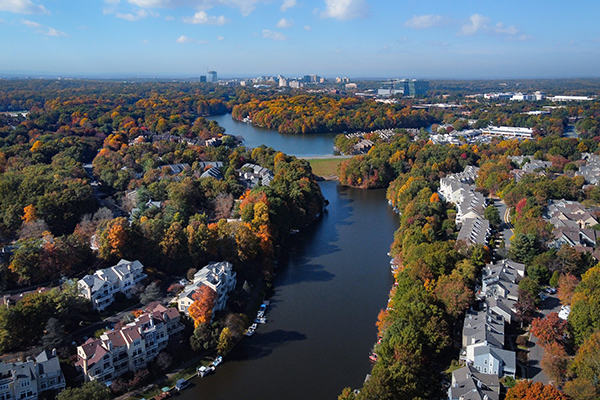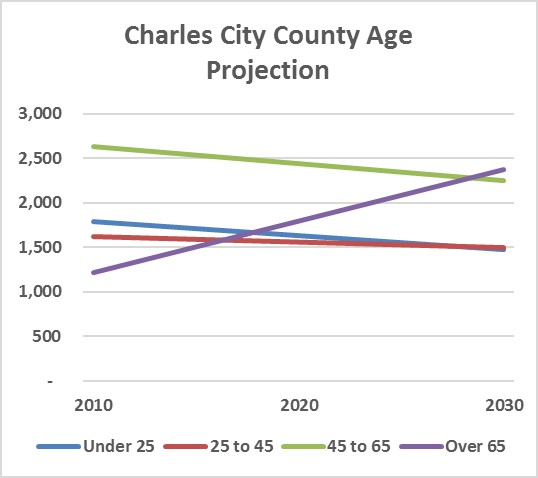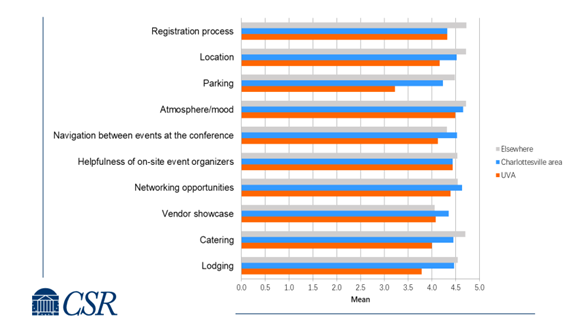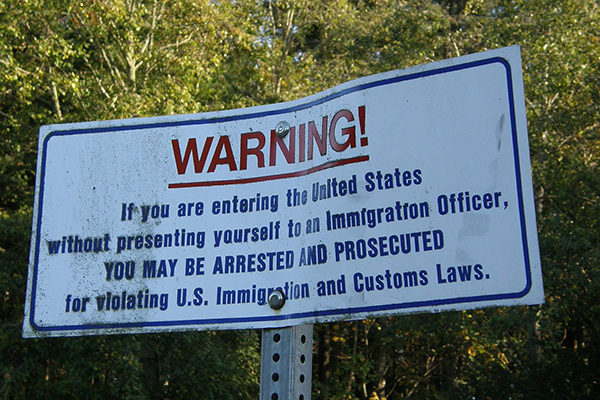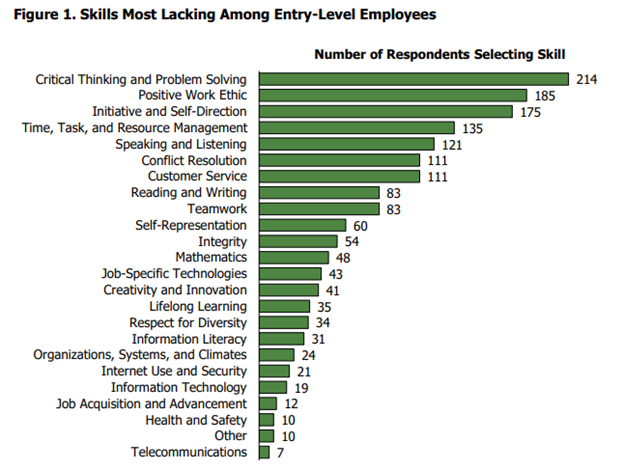2017 estimates show growth slowing, with most concentrated in Northern Virginia
For decades, Virginia’s population has grown steadily, adding around 900,000 residents each decade. After accounting for slowing growth due to an aging population, Virginia’s population should have increased by around 590,000 residents by this point in the decade; however, the Weldon Cooper Center’s 2017 population estimates show that Virginia’s population has only grown by 469,000 […]



